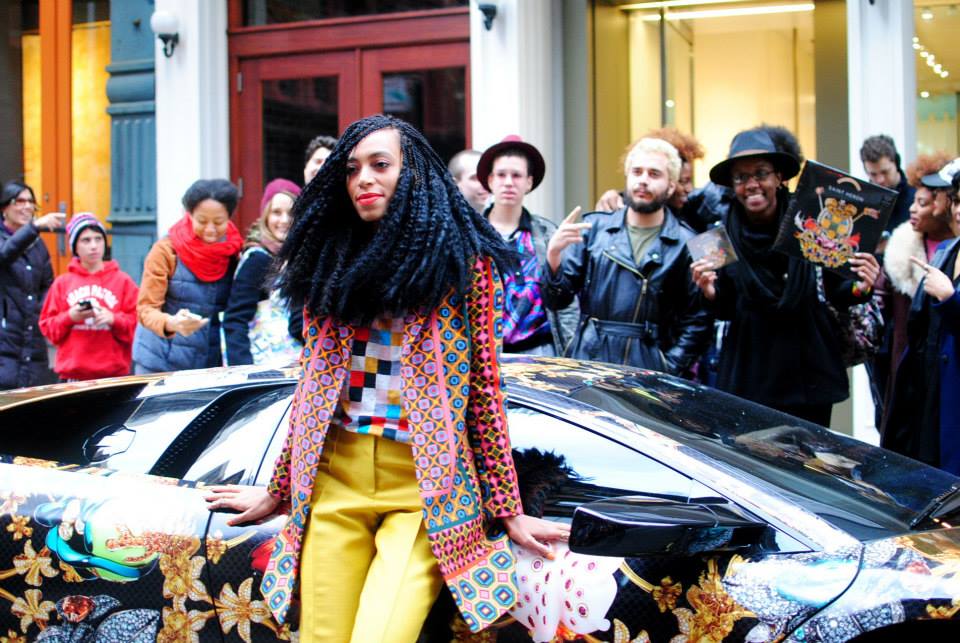Thanks to Solange, Pitchfork has not only a headliner for its annual summer music festival, but also a weekend packed with contemporary art, film, poetry, and a jazz jam session.
This week the music behemoth announced its three top performers: LCD Soundsystem, A Tribe Called Quest, and Solange. But in an unprecedented move, Pitchfork tapped the latter's label and arts platform, Saint Heron, to curate events during festival weekend both on and off site. So far, they've announced film screenings at the Black Cinema House in the Stony Island Arts Bank, a poetry reading with Young Chicago Authors at Soho House, an afterparty at the Promontory, and an on-site installation of contemporary black artists at the festival.
The move not only expands Pitchfork's scope and scale, it positions the festival as a unique and locally responsive event amid an increasingly packed (and homogenous) summer circuit.
By hosting events in different parts of the city—including near the West Loop festival, Hyde Park, and Washington Park—Pitchfork makes a meaningful investment in Chicago. Through Saint Heron, it attempts to connect disparate parts of the city that are routinely dismissed or ignored during festival season. Most Lollapalooza events, by comparison, take place downtown and on the North Side.
Beyond geography, the Saint Heron events explore the blurry borders between music and other art forms, something Pitchfork has encouraged in recent years. In 2014, the festival collaborated with Johalla Projects for an on-site art installation called “Geometric Village,” created by Chicago-based artists Heather Gabel and Chad Kouri. The always-excellent Bookfort last year welcomed a weekend filled with poetry and literary readings.
This cross-medium artmaking is something Solange, as an artist, understands well. Consider her 2016 album, A Seat at the Table. Released with little warning, the No. 1 record was accompanied by a stunning collection of visuals packaged in an art book and two beautiful music videos for “Cranes in the Sky” and “Don’t Touch My Hair," featuring the work of famed cinematographer Arthur Jafa.
Music is more than just melody. It is connected to film and photography and literature and philosophy. It has a sense of place and is, often, grounded in a local culture. This particular collaboration makes an argument that music festivals can encompass many things, too. They can and should also celebrate the ways in which the music we love came to fruition.



